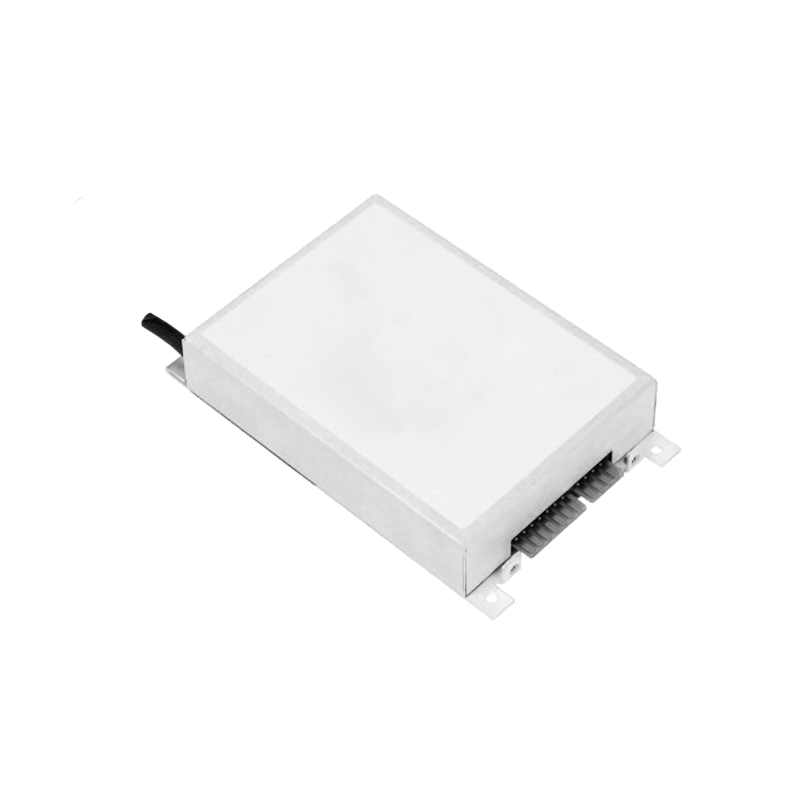Performance Evaluation of High-Voltage Power Supplies in High-Energy Experiments
In frontier scientific fields such as high-energy physics and nuclear physics, high-energy experiments are crucial means to explore the microscopic structure of matter and the fundamental laws of the universe. As a key component of high-energy experimental devices, the performance of high-voltage power supplies directly affects the accuracy and reliability of experimental results. Therefore, the performance evaluation of high-voltage power supplies in high-energy experiments is of great importance. This article will deeply explore the key points of performance evaluation of high-voltage power supplies in high-energy experiments from multiple dimensions.
1. Stability Evaluation
High-energy experiments often last for a long time, and the experimental environment is complex and changeable, which places extremely high demands on the stability of high-voltage power supplies. When evaluating stability, it is necessary to focus on the voltage fluctuations of the power supply during long-term operation. Minor voltage fluctuations may lead to deviations in key links such as particle acceleration and magnetic field control, thereby affecting the accuracy of experimental data. The stability can be quantified by continuously monitoring the output voltage of the power supply for a long time and calculating statistical quantities such as the mean and variance of the voltage. In addition, it is also necessary to examine the anti-interference ability of the power supply in the face of external factors such as environmental temperature changes and electromagnetic interference, ensuring that the power supply can still maintain stable output in a complex environment.
2. Response Speed Evaluation
In high-energy experiments, many physical processes are fleeting, requiring high-voltage power supplies to have extremely fast response speeds to meet the real-time requirements of the experiments. For example, in particle collider experiments, when it is necessary to adjust the energy or direction of the particle beam, the high-voltage power supply needs to complete the voltage adjustment in an extremely short time. The evaluation of the response speed is usually carried out through step response tests, that is, a step-change signal is input to the power supply, and the time required for the output voltage to reach a stable value, as well as parameters such as overshoot during the transition process, are measured. The shorter the response time and the smaller the overshoot, the faster the response speed and the better the dynamic performance of the power supply.
3. Precision Evaluation
High-precision voltage output is the key to the success of high-energy experiments. The output precision of high-voltage power supplies includes voltage amplitude precision and stability. The amplitude precision reflects the degree of deviation between the actual output voltage and the set voltage. It can be measured by a high-precision voltmeter and compared with the set value. The stability focuses on the fluctuation range of the output voltage within a certain period of time, and methods such as Allan variance can be used for evaluation. In some experiments with extremely high requirements for voltage precision, such as high-precision mass spectrometry experiments, minor errors in voltage precision may lead to huge deviations in experimental results. Therefore, strict evaluation of precision is indispensable.
4. Reliability Evaluation
High-energy experimental equipment is expensive and the experimental process is complex. Once a high-voltage power supply fails, it will not only interrupt the experiment but may also cause equipment damage and huge economic losses. The reliability evaluation needs to comprehensively consider indicators such as the mean time between failures (MTBF) and mean time to repair (MTTR) of the power supply. Through a large number of aging tests and environmental stress tests on the power supply, various working conditions in actual operation are simulated, and the frequency and causes of failures are counted, thereby evaluating the reliability of the power supply and providing a basis for subsequent optimization and improvement.
5. Compatibility Evaluation
In high-energy experimental devices, high-voltage power supplies usually need to work in coordination with various devices such as accelerators and detectors. Therefore, the compatibility of the power supply is also an important aspect of performance evaluation. The compatibility evaluation mainly examines whether there is electromagnetic interference between the power supply and other devices, and whether the interface of the power supply meets the system requirements. Electromagnetic compatibility (EMC) tests can be carried out to detect whether the electromagnetic radiation generated by the power supply during operation exceeds the standard and its ability to resist electromagnetic interference. At the same time, it is necessary to ensure that the communication interface and control protocol of the power supply can be smoothly docked with other devices, enabling the stable operation of the entire experimental system.
In conclusion, the performance evaluation of high-voltage power supplies in high-energy experiments requires comprehensive consideration from multiple dimensions such as stability, response speed, precision, reliability, and compatibility. Only through strict performance evaluation can high-voltage power supplies that meet the requirements of high-energy experiments be selected, providing solid technical support for frontier scientific research.




















